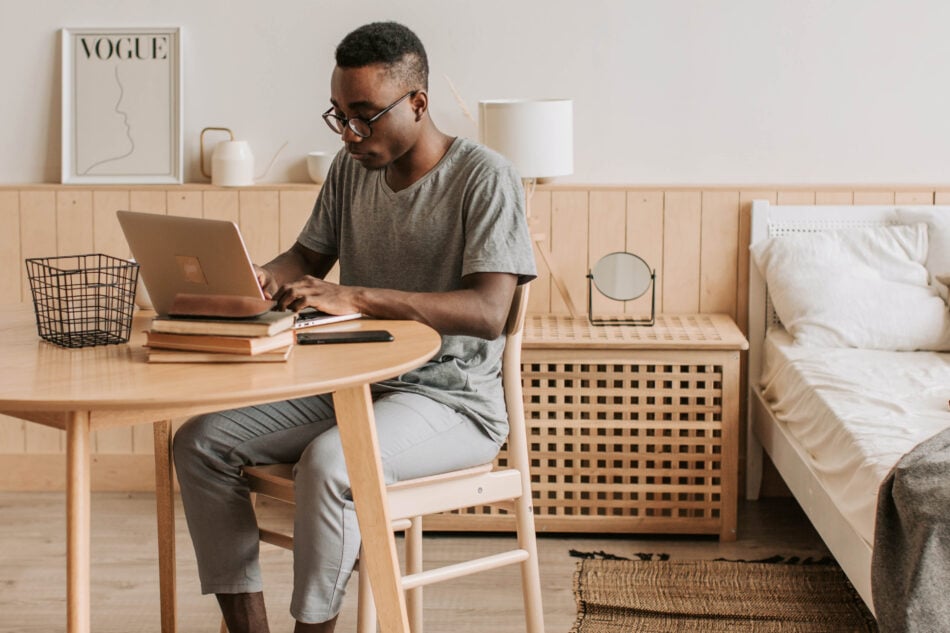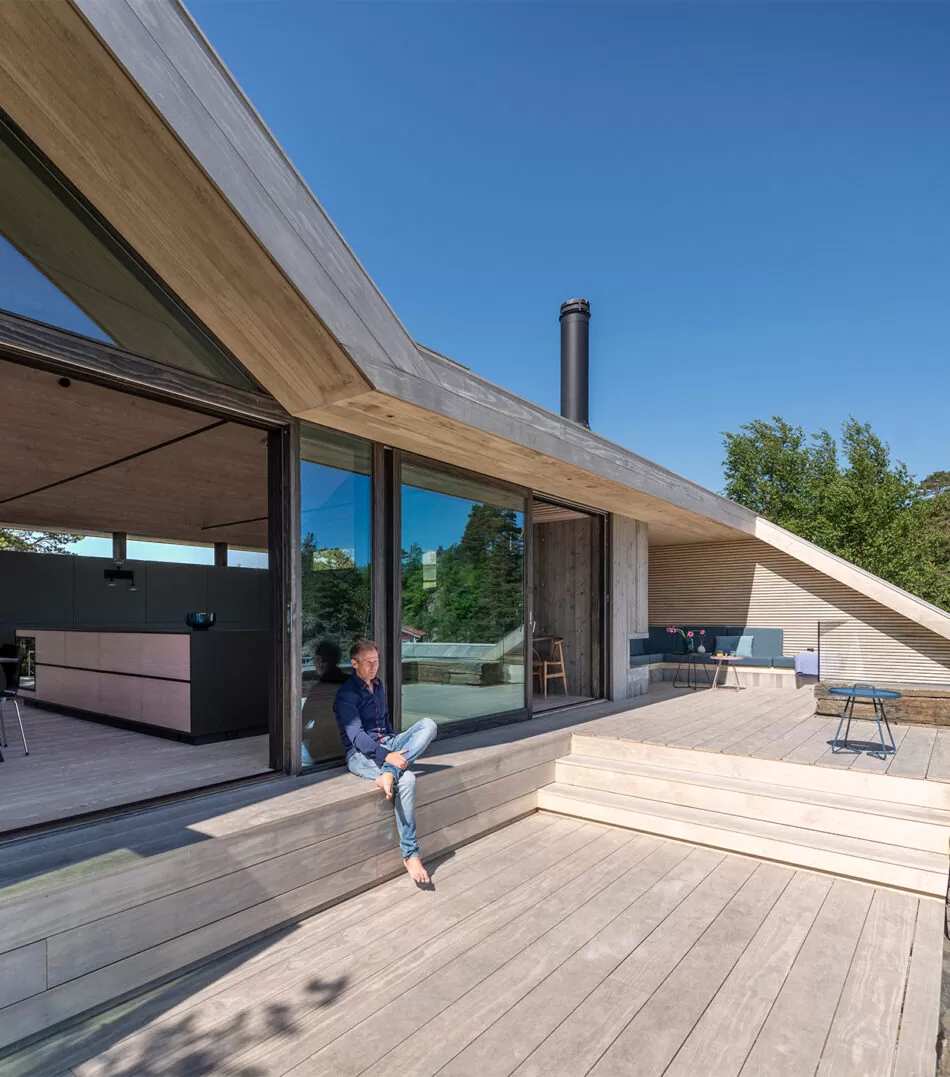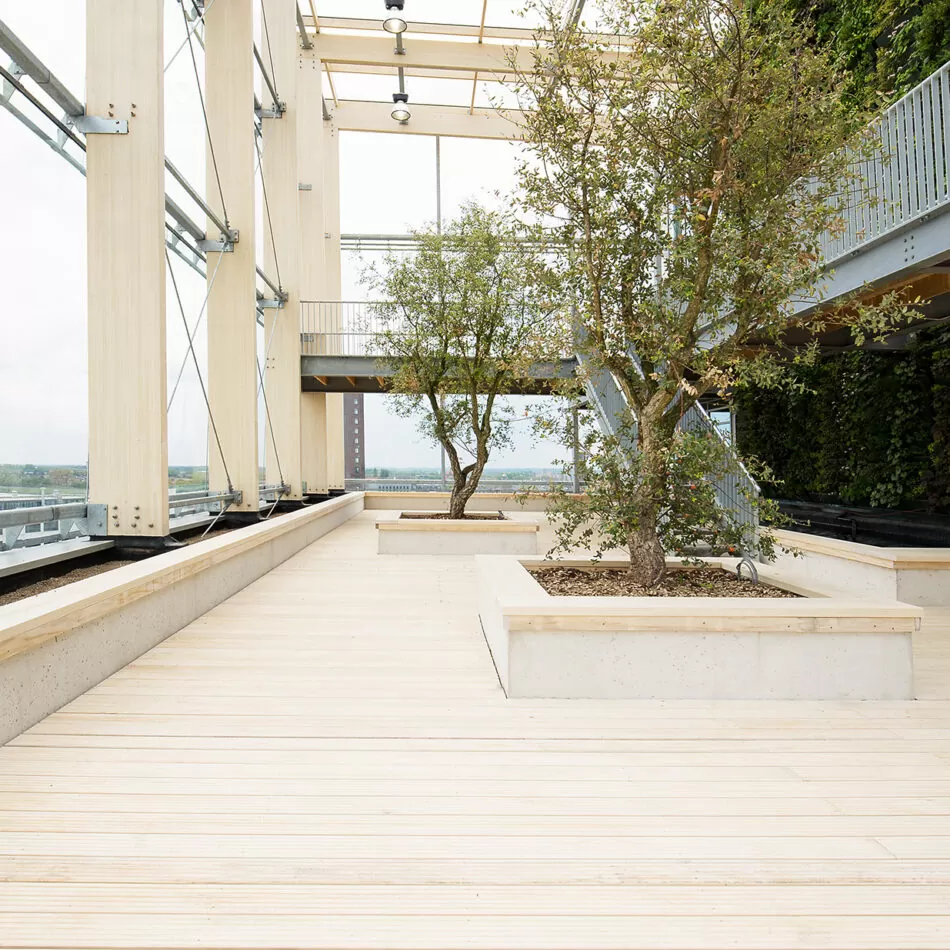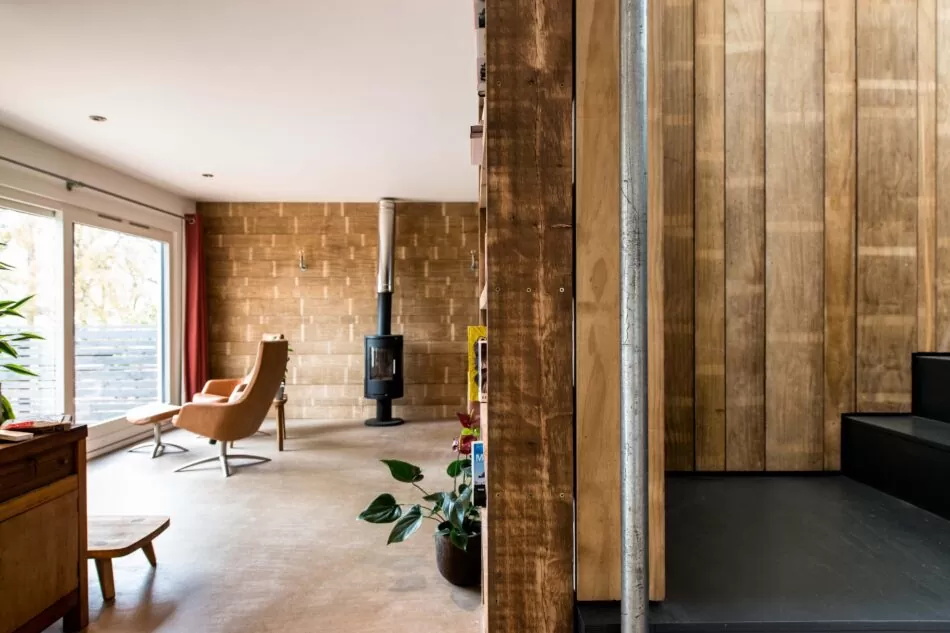
Can your environment affect your mental health?
The impact of our surroundings on our mental health.
14.05.2021

Mental health and sustainable building design…
The past year has been like no other in so many ways, not least because of the little time we have spent in offices, many of us confined instead to our homes. Bedrooms, kitchens and in some cases, bathrooms converted into make-shift workspaces, often competing with flatmates or family members for prime locations or proximity to a Wi-Fi connection. But with restrictions easing and the prospect of spending real face time with colleagues once again a reality, how important are the office spaces we are returning to when it comes to our well-being, and how does your environment affect your mental health?
In the developed world, it is estimated we spend more than 90% of our time indoors either at home or at work. We know how the smallest thing like temperature can affect our comfort in such spaces, and in recent years we have started to become more aware of the other factors that can contribute to more than just our comfort, but our physical health. The biggest break-through in the last decade is probably our understanding of indoor VOCs (Volatile Organic Compounds) and the health risks they can pose. VOCs, are abundant in most indoor areas largely because of their presence in building materials and other products produced by mass industry. The worst offenders here are new buildings that contribute to the highest levels of off-gassing, because of the wide range of new materials emitting VOCs at the same time. This is exacerbated in the winter months when levels of VOCs can be 3-4 times higher than the summer months, due to lower rates of air exchange.
It is now widely documented, that certain materials can contribute to the lowering of VOCs in and around the home or office. It’s probably not a surprise to learn that it’s the man-made materials that serve up the highest levels of these unwelcome compounds into the air. Plastics, adhesives, paint, wood plastic composites (WPC), and resins are all singled out as key villains in the building materials category. Overexposure to VOCs can result in headaches, dizziness or even memory impairment in the short term, but it is the longer-term effects on certain bodily organs and the central nervous system that are still being researched.
Needless to say, not all building materials contribute VOCs, and you don’t have to look far to find a natural and sustainable building material in the form of real wood. A team at the Technical University of Munich recently compiled a report called ‘10 reasons why wood is good for you and the scientific research to back it up’. Looking at the list, what strikes me is the number of reasons relating not just to physical health, but mental health – a topic and issue that many have experienced and navigated over the last year.
So, with May being officially the month of Mental Health Awareness in the UK, let’s have a look at some of the key benefits from the report that demonstrate how wood can improve our mental health:

1. Less Stress
Perhaps one of the areas with the most comprehensive research is around stress. In short, natural environments and wood in particular help reduce stress and improve wellbeing. Over the past ten years, several studies have come to the same conclusion.
One study8 showed that adding plants or even posters of plants into hospital waiting rooms had the potential to reduce patients’ feelings of stress. Another study9 put 119 students into four different rooms:
- a room with wood and plants
- a room with wood and no plants
- a room with no wood but with plants
- a room with no wood and no plants
The plants had no influence on the result, but the wood did. Students had lower stress levels in the wooden rooms.
Similarly, the newly refurbished National Oncology Institute waiting room in Bratislava, Slovakia was the location for a 2019 study.10 Visitors were measured for respiration, heart rate, cortisol level and blood pressure before, during and after their stay in the wooden room.
The participants described their emotions as predominantly satisfied or very satisfied and their cortisol levels decreased by 7.5%, implying a stress-reducing effect.

2. Better mood
Most of us feel that wood creates a sense of warmth. The smell, touch and feel of wood are regarded as pleasant and many people have generally positive associations with wood. That’s the result of a 2017 study3 of both building experts and members of the public in five different countries.
In a separate Finnish study6, natural and smooth wooden surfaces were found to be more pleasant than coated ones.
3. Stay focussed – natural environment and mental health
Just a few minutes of looking at a natural environment can have significant benefits. A study5 in 2014 investigated people’s ability to control their own impulses. They were given three minutes to look at a natural environment and then given a variety of tests. The results showed that participants had faster reaction times and lower heart rate variability after looking at a natural environment compared to an urban environment.
Another study4 conducted in 2015 tested people in four different types of interior spaces. Each space was furnished in exactly the same way but the structure and surface itself were made from different materials. The spaces were made from CLT (cross-laminated timber), clay, steel and steel retrofitted with clay elements. Those in the CLT and clay spaces had better attention and better reaction times. Participants also evaluated their wellbeing. The spaces with natural elements performed better than the steel container.

4. Creativity boost
In the past ten years, different research groups have come up with the same conclusion: wood grain as a texture positively influences creativity. The most recent evidence comes from a 2019 Slovakian study1 where people were tested in different simulated living room environments.
The surroundings that had the most positive effect on creativity were the ones using both warm and cold colours as well as natural materials such as wood and textiles. These surroundings also had the most positive effect on problem-solving capability, understanding and thinking ability.
On the other hand, the environment with strong colours, artificial wood imitations and synthetic textiles, triggered stress in the participants. The same study also tested people by putting them in front of three different walls and allowing them to touch the wall. Brain activity increased when looking at the wooden wall compared to looking at walls made from chipboard or white laminate.
Back in 2010, a different study2 examined creative performance in different environments and this also showed how exposed wood or stone surfaces have a higher potential for creativity. This was compared to artificially produced surfaces such as drywall, plastic laminate, glass, carpet or synthetic fibres.
Mental health and Accoya
So hopefully we’ve made the case for the link between mental health, sustainability, and architecture. With people starting to return to offices around the world, now is the time to consider the materials around us and to understand how they are contributing to our physical and mental wellbeing. Small modifications to your surroundings can make material differences to how we feel, with natural wood being a key example. Accoya wood is the world’s leading ultra-high performance, sustainable wood brand used across a number of applications including windows, doors, decking, cladding and much more. Read more about the unique qualities of Accoya and how you can use it in your home.
References
- Vavrinsky, Kotradyova, Svobodova, Kopani, Donoval, Sedlak, Subjak, Zavodnik 2019: Advanced Wireless Sensors Used to Monitor the Impact of Environment
- Design on Human Physiology McCoy and Evans, 2010: The Potential Role of the Physical Environment in Fostering Creativity
- Strobel, Nyrud and Bysheim, 2017: Interior wood use: linking user perceptions to physical properties
- Bhatta, Tiippana, Vahtikari, Hughes and Kyttä, 2017: Sensory and Emotional Perception of Wooden Surfaces through Fingertip Touch
- Beute and de Kort, 2014: Natural resistance: Exposure to nature and self-regulation, mood, and physiology after ego-depletion
- Beukeboom et al 2012 Stress-Reducing Effects of Real and Artificial Nature in a Hospital Waiting Room, online source: https://www.researchgate.net/publication/223971340_Stress-Reducing_Effects_of_Real_and_Artificial_Nature_in_a_Hospital_Waiting_Room [access Jul 18 2020]
- Fell D., 2010: Wood In the Human Environment: Restorative Properties Of Wood In The Built Indoor Environment. Vancouver: Faculty of Graduate Studies, University of British Columbia
- Kotradyova, Vavrinsky, Kalinakova, Petro, Jansakova, Boles und Svobodova, Helena, 2019: Wood and Its Impact on Humans and Environment Quality in Health Care Facilities
WHERE TO BUY ACCOYA
for your next projectWhat type of Product are you interested in?
- - Select product type -
-
FIND A SUPPLIER
FIND A INSTALLER
for your next projectWhat type of are you interested in? (optional)
How will your be used?
- - Select type -
-
You are currently on the Accoya site
Would you like to visit the Accoya Site to view all relevant content for your location?